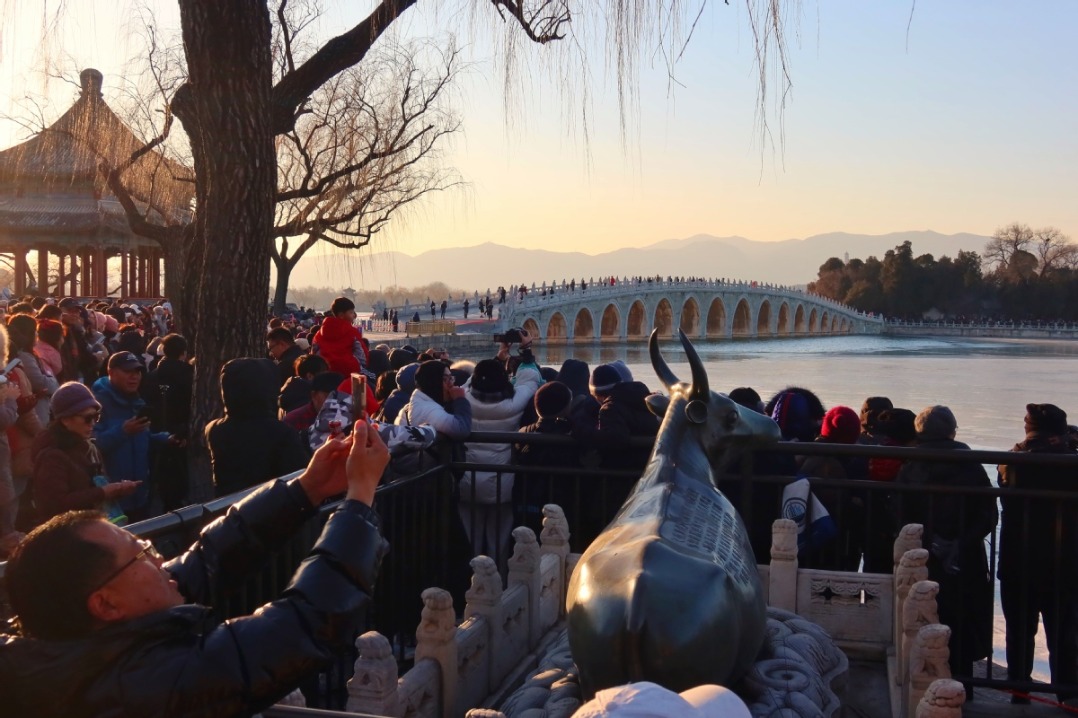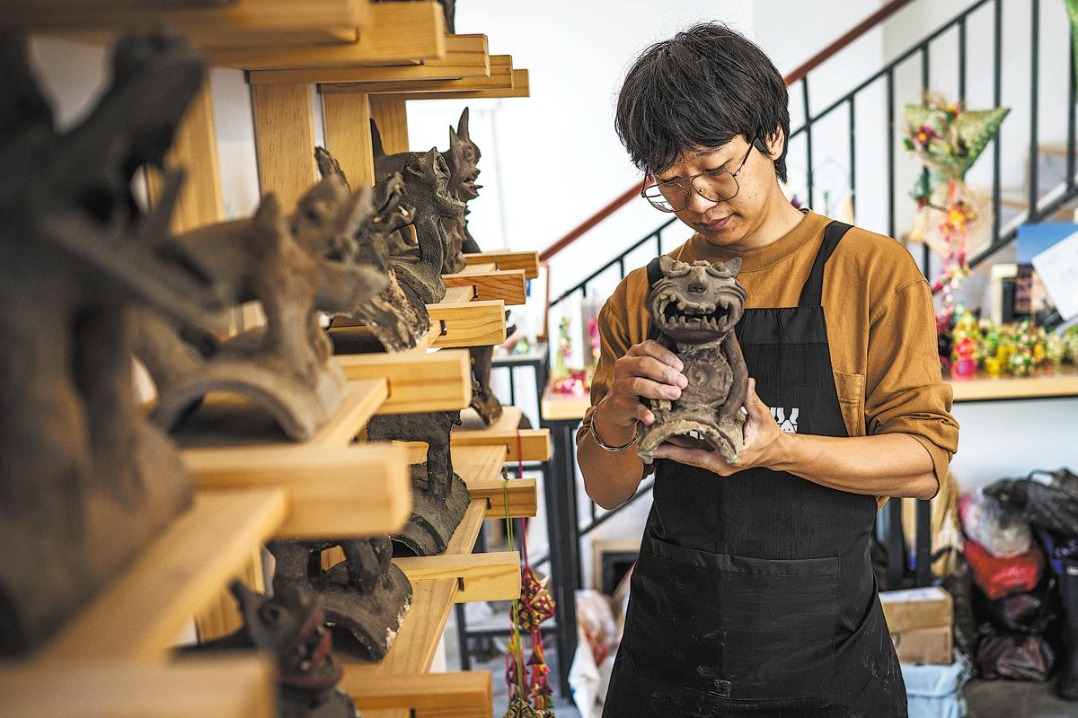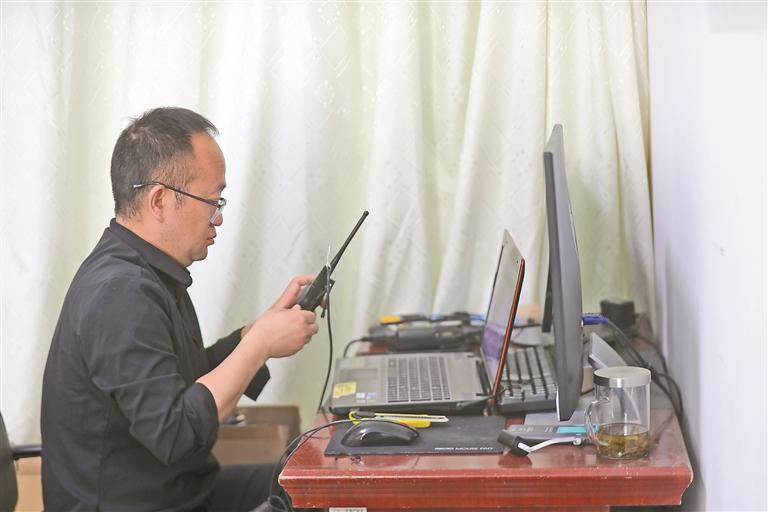Village overcomes jitters, ends poverty via tourism


When Jiang Wanhe, Party chief of Shisanhao village, tried to persuade his poverty-stricken neighbors in 2012 to turn their houses into restaurants and hotels, no one was enthusiastic.
They doubted tourists would come to the isolated mountainous village near Zhangjiakou, Hebei province.
"Villagers refused at first because their old houses would be torn down, and they worried the idea might not bring in any money," Jiang said.
"It's only 10 kilometers from downtown Shangyi county. Yet residents must spend two hours going there in animal-drawn carts," Jiang said.
There were no paved roads and no tap water, the 43-year-old Jiang said. Money was earned mainly by growing crops, such as potatoes and oats.
Ten years ago the average income per capita was 1,800 yuan ($260) annually. Younger people left for cities for more rewarding work.
"The number of permanent residents dropped from 200 to 40," Jiang said.
He was one of those who left. He worked in Tianjin as a truck driver for years and ended up in downtown Shangyi, trading beef and mutton in the 1990s.
In 2012, when a road opened that connected many scenic spots in Zhangjiakou, Jiang was inspired. Visitors, particularly from Beijing, which is four hours away, traveled along the road and enjoyed resting in nearby villages.
Shisanhao lies at the western end of the road, and Jiang believed it could be a good stopping place for tourists.
The village, with an altitude around 1,400 meters above sea level, is cooler than neighboring Beijing and Tianjin during the summer-a perfect retreat from the heat.
Jiang opened a restaurant in 2013, and others followed suit.
With the residents' agreement and with support from the county government, the village demolished 38 old houses and built a hotel with 53"yaodong", or cave rooms-a traditional Northern Chinese housing style.
According to Jiang, the hotel earned the village 120,000 yuan in its opening months from August to October 2015.
"Each participating household received 1,500 yuan profit," Jiang said.
Each was also given ownership of one or more of the cave rooms, which are worth 60,000 yuan each.
The growing tourism business in Shisanhao has lured investors from outside. Zhangjiakou Jinjin Fruit and Vegetable, a company from Shangyi county, invested 6 million yuan in 2016 to develop modern agriculture.
It built 37 greenhouses for fruits and vegetables, and provided a dozen jobs. The village received 30,000 yuan last year as a dividend.
In the following years, the village was gradually built up with more restaurants and hotels, vegetable and fruit gardens and other tourism infrastructure.
Jobs for residents lured back about 40 people. Zhang Ai, 58, came back in 2014 to become a barbecue chef at a restaurant.
"I have a better job here and got married," he said. He now earns 10,000 yuan a year.
With dividends from the collective economy and their salaries, the villagers officially got out of poverty in October, with each earning an average income of at least 5,300 yuan annually.
"Our previously empty, poor village has been brought back to life," Jiang said.
- Shanxi ends province-wide blanket fireworks ban
- Audit: China fixes bulk of fiscal problems tied to 2024 budget
- China reports major gains in circular economy
- Chinese lawmakers review draft revision to banking supervision and regulation law
- Top legislature to study draft laws on environment, ethnic unity, national development planning
- Administrative organs must secure people's interests: senior judge





































